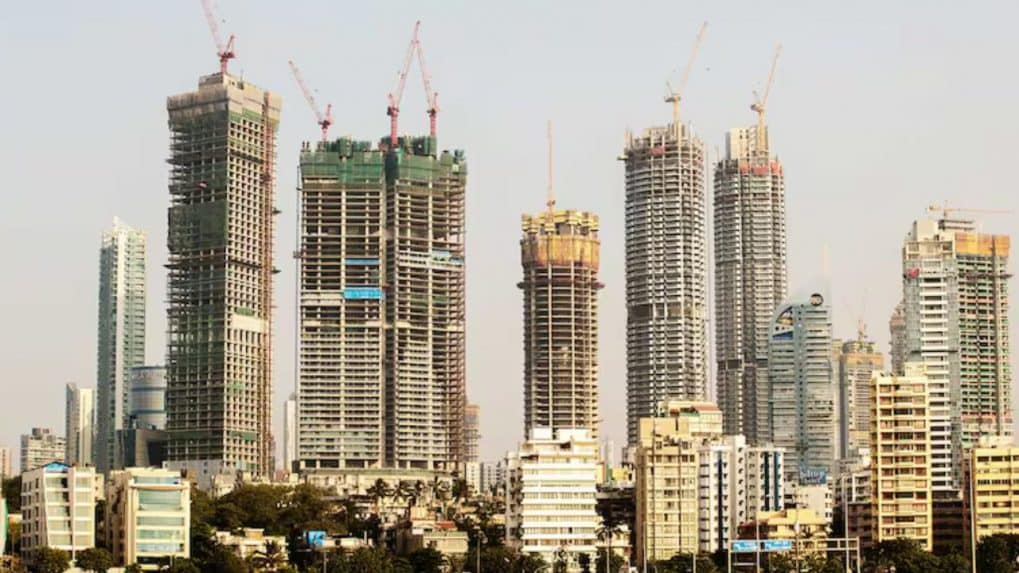Digital
Why OpenAI is hiring 100 ex-bankers: Inside the ChatGPT-maker's secret project to automate Wall Street's grunt work

India's real estate market is off to a record-breaking start in fiscal year 2026, with listed developers collectively reporting pre-sales of nearly ₹53,000 crore in the April-June quarter. The surge, driven by robust demand for luxury and premium housing, signals a strong preference for established, branded players in the post-pandemic era.
Prestige Leads the Pack
Bengaluru-based Prestige Estates Projects Ltd has emerged as the top performer, clocking a staggering ₹12,126.4 crore in sales. This performance puts them ahead of traditional powerhouses DLF and Godrej Properties. DLF secured the second spot with ₹11,425 crore in sales, largely fueled by its high-end projects in Gurugram, while Godrej Properties followed with ₹7,082 crore.
Together, the top five developers—Prestige, DLF, Godrej Properties, Lodha Developers, and Signature Global—dominated the market, accounting for a massive 71% of the total sales recorded by 28 listed firms.
Mid-Tier Players Also See Gains
The boom was not limited to the top tier. Several mid-sized and regional developers also posted strong numbers, with Sobha Ltd, Omaxe Ltd, and Oberoi Realty each reporting sales exceeding ₹1,600 crore.
Analysts note that the market's current momentum is a "structural shift," benefiting developers with strong brand recognition and a track record of timely project completion. This trend is expected to continue as homebuyers prioritize reliability and financial security.
While the reported pre-sales numbers are a testament to strong demand, the actual revenue recognition will be realized over time as projects reach completion. This sets the stage for a tight race for the annual sales leadership, with Prestige's impressive Q1 performance positioning it as a serious challenger to DLF and last year's leader, Godrej Properties.
In a wide-ranging interview with Storyboard18, Sorrell delivers his frankest assessment yet of how the deal will redefine creativity, media, and talent across markets.